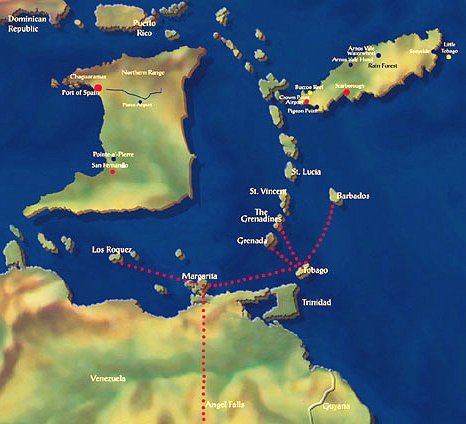Life Skills Development/Unit Six/The Physical Environment/Lesson
Contents
What causes environmental degradation?
Environmental degradation occurs when nature's resources (such as trees, habitat, earth, water and air) are being consumed faster than nature can replenish them. It occurs when the environment is not used in a sustainable manner. It also occurs when pollution results in irreparable damage done to the environment or when human beings destroy or damage ecosystems in the process of development.
Major causes of such degradation include:
- overpopulation
- urban sprawl
- industrial pollution
- waste dumping
- intensive farming
- over fishing
- industrialisation
- introduction of invasive species
- lack of environmental regulations.
The goal of environmental sustainability is to minimize these and other causes, to halt and, ideally, reverse the processes they lead to.
Environmental degradation leads to declining standards of living, the extinctions of large numbers of species, health problems in the human population, conflicts, sometimes violent, between groups fighting for a dwindling resource, water scarcity and many other major problems.
|
Question: Why care for the natural environment? Human life and the quality of life we live is dependant on certain factors; the air we breathe water we drink, food we eat and where we live. The quality of these factors is dependant on what we put into them or do around them. If air is polluted we suffer from respiratory problems, acid rain affects our food and our water becomes polluted. Care for our environment therefore in the long run means care for ourselves and other organisms.
|
Portfolio Contents
- Fliers, Brochures and Handouts
Unit Summary
In this unit you learned about the physical environment. You realised that the two parts of the physical environment; the built and the natural are inseparable in terms of the effect one has on the other. You should be able to educate others on certain aspects of the environment, the effects of development and some of the mitigating strategies of the effects. You should be able to tell the difference between a natural disaster and a natural occurrence. You may have recognized some way in which you can contribute to better the environment by participating in community groups. Also the way you interact with the environment may change positively.
Checklists of Performance Task
1. Discussion
| RUBRIC of performance criteria | V. Well Done | Well Done | OK | Not Ok- Will redo by …. | |
|---|---|---|---|---|---|
| 1. | I spoke on environmental issues such as flooding | ||||
| 2. | I related my own views on the probable cause, effects and solutions of flooding and fires. |
| RUBRIC of performance criteria | V. Well Done | Well Done | OK | Not Ok- Will redo by …. | |
|---|---|---|---|---|---|
| 1. | I researched the preventative measures against fires | ||||
| 2. | I researched the preventative measures against the different types of pollution | ||||
| 3. | I researched potential safe guards for specific natural disasters. |
| RUBRIC of performance criteria | V. Well Done | Well Done | OK | Not Ok- Will redo by …. | |
|---|---|---|---|---|---|
| 1. | I designed a flier based on preventative measures one can take against fires | ||||
| 2. | I designed a brochure with information on Trinidad’s flooding problem | ||||
| 3. | My brochures and fliers related the information clearly and effectively |
